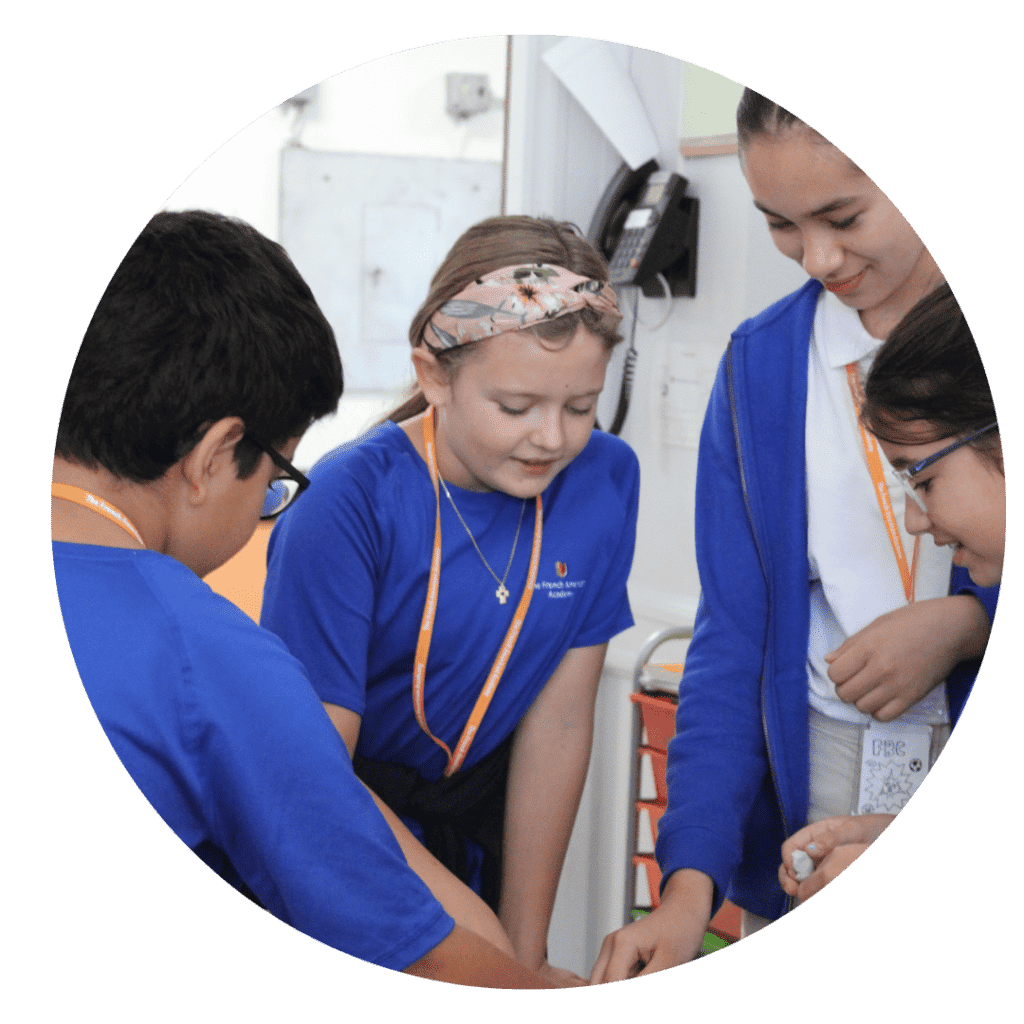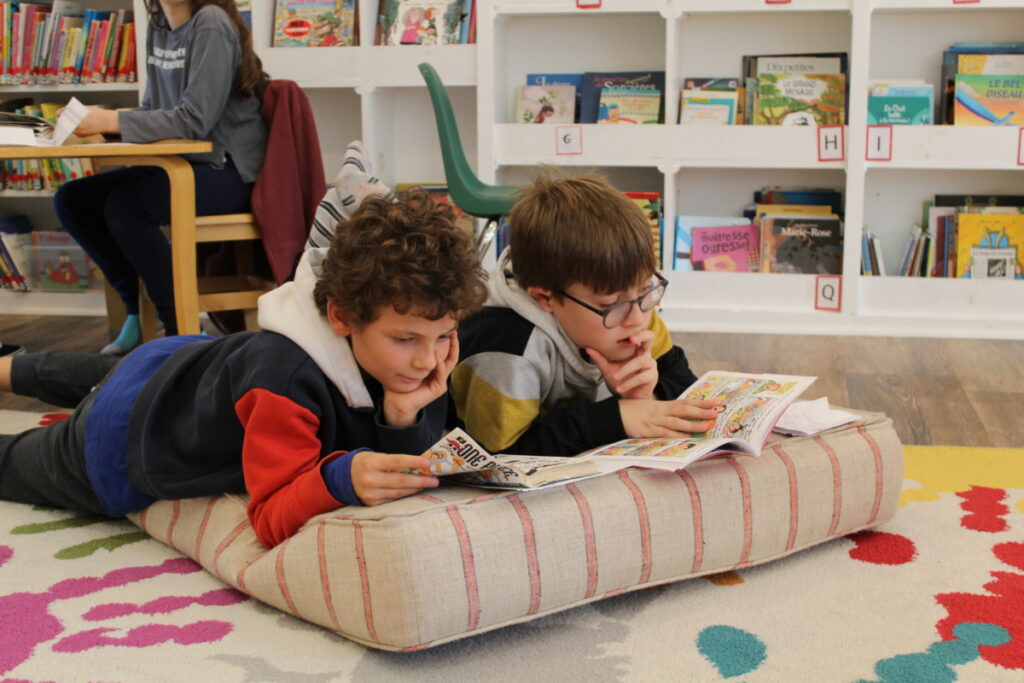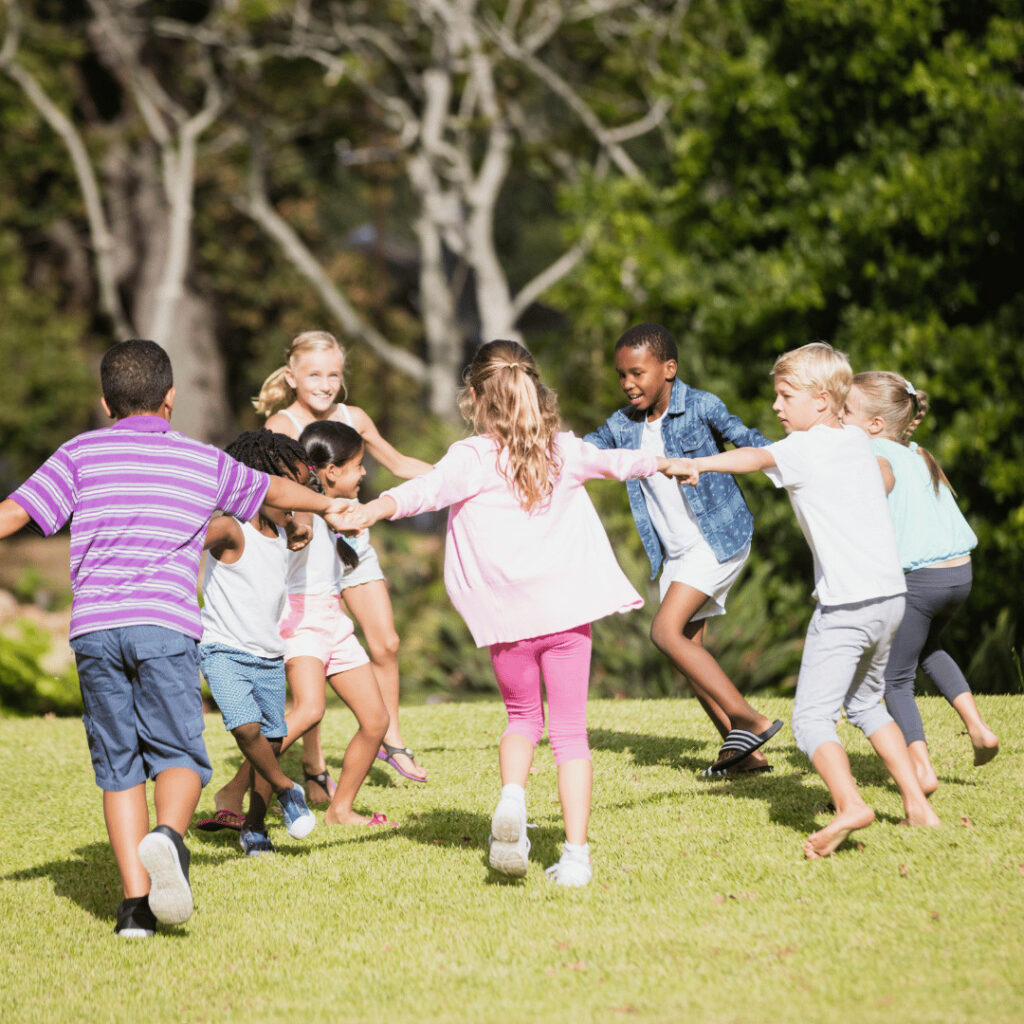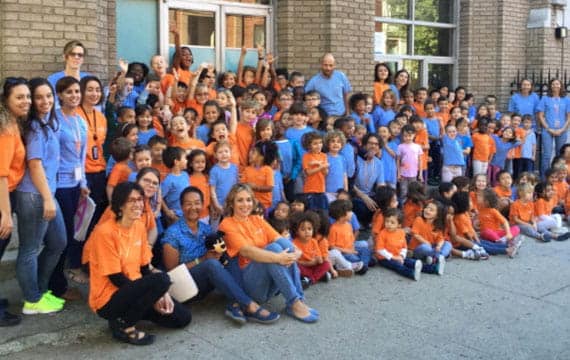Discipline is the bridge between goals and accomplishment.
-Jim Rohn
- A water bottle, a notebook, an assignment, a lunch … there’s always something this child forgets.
- A middle school student waits to start a project until the day before it’s due.
- A first grader’s writing practice has many mistakes, which do not improve despite the fact that they completed the exercise.
- After playing, eating, changing clothes, or finishing homework, it’s like a hurricane came through – this child doesn’t clean up after themself!
- After a long day at work, you know the best thing to do is unwind and get ready for an early bedtime, but you find yourself up late scrolling through your phone and dreading waking up early tomorrow.
Discipline – the ability to govern one’s own actions while working to achieve goals – is not always a natural talent. If it were, none of the examples I just listed would apply to any of us! Some people are born with self-discipline, just like some of us are innately skilled at sports, math, debate, or language. Fortunately for the rest of us, discipline is also a muscle that can be developed and strengthened with time and practice.
As teachers and parents, we can use Responsive Classroom strategies at school and at home to help instill and nurture a sense of discipline in even young children. Responsive Classroom, a teaching and management approach that we implement at the FAA, is a set of strategies and techniques to maximize students’ learning in the classroom. However, the tenet at its heart – that every child needs a sense of safety, belonging, and fun – applies to family life just as well as it does to school.
In the Responsive approach, discipline is divided into two categories. The first category is proactive discipline. This represents the ways that we teach our children to be responsible for their actions, do hard work, and get positive results. We model this behavior, we teach it, and we reflect with our children about the lessons we learn; this gives them the tools they need to exercise and develop their own discipline. The second category of discipline, used when children have broken rules, not followed correct steps, or have caused damage, is reactive discipline. This is the discipline that involves correction and consequences for children’s behavior. In the rest of this article, I will outline the two types of discipline, and dig into the practice of using logical consequences to enforce behavior.
What is Proactive Discipline?
Discipline is just doing the same thing the right way whether anyone is watching or not.
-Michael J Fox
Proactive discipline focuses on building a trusting relationship with our children that is based on an understanding of their developmental stage and their needs. Preschool and kindergarten-aged children need a good deal of scaffolding and support as they grow to understand good habits and responsibility. They benefit greatly from regular routines that enforce positive behavior: the morning routine, the mealtime routine, the clean-up routine, the bedtime routine. As adults, we can model and teach them what steps they need to take in each routine, then gradually allow them to show they can do things by themselves. All the while, we can use positive reinforcing language to remind them of good behavior and help them build on their strengths:
“I noticed you turned the water off while you brushed your teeth! Why did you do that? Is it to save water?”
“I know you wanted to use your favorite plate, but look: it’s dirty! Where should you put dirty dishes so that they get washed?”
“If we finish your school reading now, you’ll be able to go outside and play for the rest of the afternoon. What do you think we should do first?”
Elementary-age children may need assistance and modeling for homework, extracurricular activities, and cleanliness. We can support them by helping them make a simple schedule for their chores and activities. As a child grows older, they should be allowed to earn trust and take on more responsibilities and privileges.
Ideally, proactive discipline should constitute more than 80% of our management approach. We establish our expectations for behavior, and we stick to them. Our children have the opportunity to adopt new responsibilities and privileges as they mature. They are empowered to demonstrate their trustworthiness, to develop good habits and smart behaviors. All ages of children should understand that the guidelines we follow are in place so that we can all stay safe, learn and grow, and have fun.
Moving beyond proactive discipline
We need to understand the difference between discipline and punishment. Punishment is what you do to someone; discipline is what you do for someone.
-Zig Ziglar
Children are naturally curious about finding ways to get what they want, and while they know what our expectations for behavior are, it’s inevitable that they will occasionally “slip”, whether due to flagging concentration, social pressure, powerful emotions, or other factors. In this moments, when the proactive discipline that we have established shows some cracks, it is our responsibility to use reactive discipline, in order to:
- restore safety
- stop the unwanted behavior, and
- guide children back to using positive strategies.
To get children back on track, often one quick, direct verbal reminder is all that is needed: “Walk when you’re holding scissors”; “Share your toys with your sister”; “Finish your homework”. The words you choose should be clear and state instructions with no ambiguity. Avoid stating what not to do; rather, name the required behavior. This may be enough to stop the unwanted action and re-establish positive discipline.
Crimes and punishments
As we know, however, children like to test us; they’re born experimenters! A child naturally wonders: “What’s going to happen if I don’t clean up my art supplies this time? If I don’t come to the table for dinner? If I grab the toy I want out of my brother’s hand?”, and they’re going to observe and learn from the adult’s reaction to their disobedience. If we allow negative behavior even once after our verbal reminder, a child learns that they can push the envelope and get away with it from time to time. This turns them into gamblers who know that sometimes, they’ll get what they want, so why not be persistent? Our little experimenters learn that they can negotiate with our behavior expectations. For both parents and teachers, this is frustrating and exhausting; no wonder we give in from time to time!
We also want to avoid trying to enforce children’s compliance through punishment for inappropriate behavior. When children understand that if they get caught, they’ll be punished, they’ll simply work harder to not get caught. Setting and enforcing punishments can also be a drain on adults’ time and resources, and it’s not always possible to exercise a punishment in the moment. Instead of giving into children’s behavior, or sentencing children to punishments, we can use logical consequences to correct their behavior. Logical, or natural, consequences can usually be enforced at the time of an incident, and they help children internalize socially responsible, considerate behavior by connecting an action with an immediate result.
Reactive Discipline
To instill a sense of discipline in our children, after laying the groundwork with a proactive strategy and reinforcing expectations with a single direct reminder, when it’s necessary we must progress to more reactive discipline strategies. Reactive discipline is not punishment, but it involves those natural consequences that allow us to transform unwanted behavior into a teaching opportunity. It requires us to maintain empathy for our children while also holding them accountable for their actions.
Often, the consequences can be directly related to the child’s behavior: for example, if your child insists on wearing sneakers on a snowy day instead of winter boots, they will experience the unpleasant consequences of cold feet. If they are procrastinating, playing, or chatting instead of getting ready to go to a fun activity, they will be late and might miss the action. It is absolutely OK for children to undergo negative experiences which are the consequences of their own choices, and for them to be held accountable for their errors. If you have established good proactive discipline, and given them a clear verbal warning, they have the information they need to make a decision about how to act.
In the Responsive Classroom, we have three other effective strategies for reactive discipline. These simple reactions to lapses in behavior or focus can be applied to situations both in school and at home:
- You break, you fix!
This logical consequence is appropriate when a child has broken something, made a mess, or, possibly, hurt another person, either unintentionally or on purpose. It requires them to take responsibility for the damage they have caused, and to try to solve the problem. (“You break, you fix” would not apply to a situation where a child is using inappropriate language, refusing to do one of their chores, or abusing a privilege.) It can be a tool for developing empathy as well as a reminder to move carefully around other people and their things.
-If a young child knocks over a tower that another child is building with blocks, help them see the damage they’ve caused and tell them to ask if the other child wants them to help clean up or rebuild the tower.
-When a child spills their drink or food, have them clean it up immediately.
-If a child trips or knocks over another child while they’re playing, have them help the hurt child up, get the first aid kit if necessary, and stay with them until they feel better.
In some instances, a child might be distressed at the accident, spill, or mess they caused. You can empathize with their feelings and give them a short period of time to regroup before they take responsibility for their actions. It can also be helpful to reflect on the incident when some time has passed, to “retell the story” of the events leading up to the accident and to review why it was important to “fix” whatever was broken.
- Loss of Privilege
The privileges we allow our children to have come with expectations for appropriate behavior (which we have clearly communicated with our proactive discipline approach!). If a child does not meet those expectations, the natural consequence is that they lose a privilege for a relatively brief period of time. The goal of taking away privileges is not punishment, but rather to encourage children to make better choices.
Before using this approach, talk to your child about what privileges they get to enjoy, such as playing with their favorite toys, having playdates and sleepovers, watching their favorite shows and movies, or using electronics. Hold serious conversations about the pros and cons of using various apps and gadgets. Discuss the behaviors you expect and clearly link their own responsibilities for good behavior to the privileges you allow them. If children lose a privilege, it should be for a meaningful, but realistic period of time that you can both commit to.
For children under 6 years old, privileges lost should be directly related to their misbehavior. For example, two siblings keep fighting over the same toy, so their parent takes the toy away for half an hour.
When restoring a privilege, always review your behavior expectations with your child, and reiterate the natural consequences of their good, or bad, behavior. - Positive Time-Out
There are moments when our children’s misbehavior may be escalating because they simply need time and space to calm down and recover self control. A logical consequence in those moments is to ask the child to move to a pre-established place where they can breathe, reflect, and relax until they’re ready to discuss their behavior calmly with an adult. Because “time-out” may have negative connotations in some households and classrooms, it is important to explain that it can be a positive space to help us pull ourselves together and use strategies we have learned to identify and process our big feelings.
During calmer moments, when discussing the purposes of time-out, you and your child can name your time-out area (“the chill zone”, “my thinking space”, or “the oasis”, as we say at the FAA) and perhaps decorate it with pictures of feelings, calming images, and sensory toys. When children need to use this area, or you send them there, check on them after a few minutes to encourage them and see if they’re ready to come back to the family. It’s always good to have a shared reflection a while later, to check on your child’s mental state and to find out if any strategies were particularly effective in calming them down.
You, also, might find yourself in need of some “oasis” time! Model asking for a few minutes and a little space to process feelings and take a few deep breaths.
Empowerment through discipline
Some people regard discipline as a chore. For me, it is a kind of order that sets me free to fly.
-Julie Andrews
With practice and consistent positive communication, both you and your children will begin to recognize that discipline is not a restriction or a punishment. Rather, it provides a positive structure for us to get stuff done well. It allows us to develop a sense of responsibility and empowerment for the tasks and activities in our lives. Indeed, good discipline is a form of self-care: correctly doing what needs to be done now, helps us feel calmer and more satisfied in the future. As your children strengthen their discipline muscles, you will discover that they become more trustworthy and are capable of tackling greater challenges.







